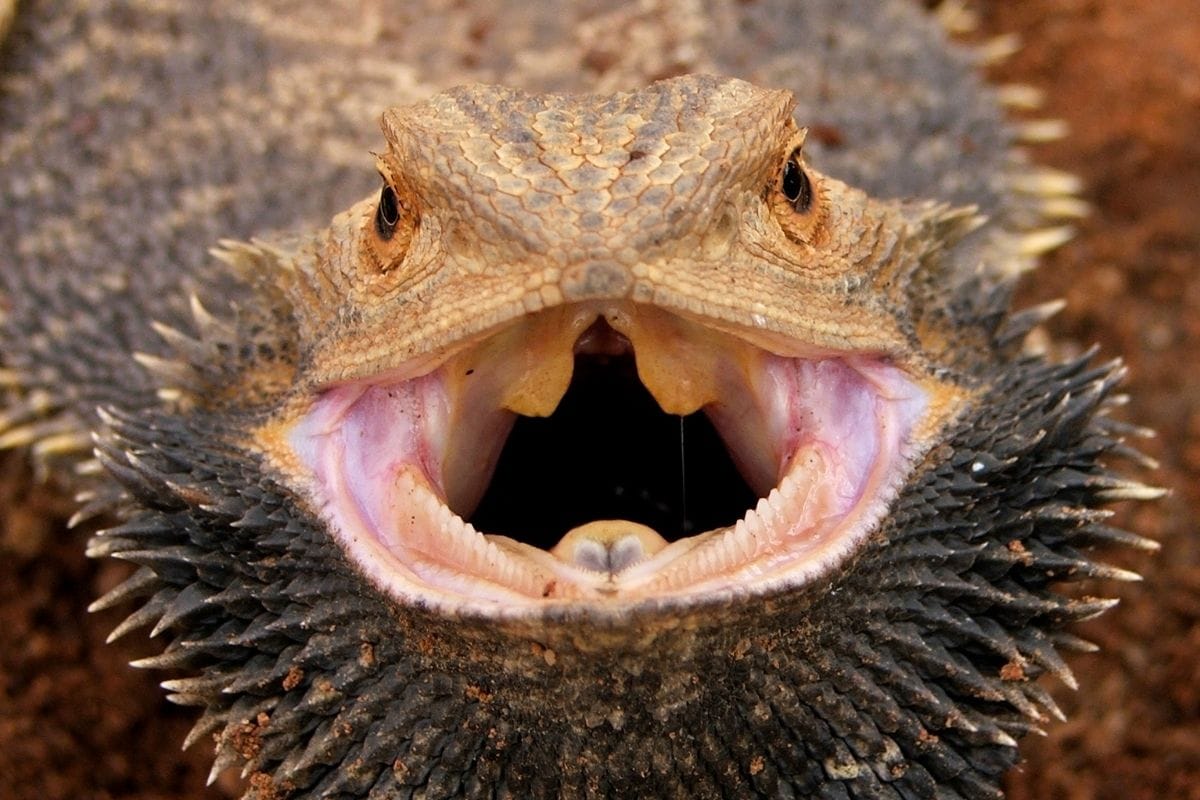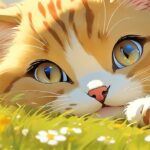Ever catch your bearded dragon bobbing their head like they’re grooving to an unheard beat? Don’t worry, it’s not a reptile rave—it’s their unique way of communicating! Bearded dragons can’t exactly chat with us humans, so they rely on body language, and head bobbing is a big part of their repertoire. Let’s decode the fascinating world of bearded dragon head bobs and what they mean.
Cracking the Code: Types of Head Bobs
Bearded dragons have a whole vocabulary of head bobs, each with its own meaning. Here are a few of the most common ones:
1. The “Chill Out” Bob
Imagine a gentle nod, as if your dragon is saying, “Hey, what’s up?”. This slow, rhythmic up-and-down movement usually suggests they’re feeling relaxed and maybe even a bit submissive. It’s their way of acknowledging your presence without causing a scene.
2. The “Back Off” Bob
Picture this: your dragon’s head is practically a blur, bobbing up and down with lightning speed. This is their version of a power move, a clear signal to other dragons (or even the family dog) that they’re in charge. It’s a warning sign, proclaiming, “This is MY turf!”
3. The “Nervous Nelly” Shake
This one’s a bit different. Instead of a confident bob, it’s a rapid side-to-side head shake, almost like they’re trying to say “no” with their whole body. This often signals stress or fear. Maybe there’s a loud noise, a sudden change in their environment, or something else making them uncomfortable.
Why All the Headbanging? Reasons Behind the Bobs
Bearded dragons aren’t just trying to start a mosh pit in their terrarium (though that would be epic!). Here are some reasons behind those headbanging moves:
- Dragon Diplomacy: Head bobs play a crucial role in their social lives. They use them to figure out who’s boss, to flirt with potential mates (the dragon dating scene is fierce), and to defend their territory.
- Mood Rings in Motion: Just like we fidget when we’re nervous, head bobs can reflect your beardie’s emotions. If they’re feeling stressed or scared, those bobs might become more frequent or intense.
- “Hey, Pay Attention to Me!”: Sometimes, it’s as simple as wanting a little attention. A head bob could be their way of saying “Hey, I’m hungry!” or “Psst, it’s playtime!”
Boy Bobs vs. Girl Bobs: Gender Differences
You might notice some differences in how male and female dragons bob their heads:
- Males: They’re often the more enthusiastic headbangers, especially when they’re showing off for the ladies or trying to establish dominance. Think of them as the rockstars of the reptile world.
- Females: They tend to be more laid-back in their bobbing style, but don’t be fooled – they can still bring the headbang when they need to, especially if they feel threatened or need to put another female in her place.
A Bob Too Far: When to Worry
While head bobbing is usually nothing to worry about, excessive or frantic bobbing, especially the nervous head shake, could mean something’s wrong. If your dragon’s bobbing habits suddenly change, or you notice them doing it a lot more than usual, it’s best to have them checked out by a reptile vet. It’s always better to be safe than sorry when it comes to our scaly friends!
Why Is My Bearded Dragon Bobbing His Head at Me?
It’s one thing to see your bearded dragon bobbing their head in general, but it can be a little unnerving when they direct those bobs right at you! Don’t worry, it’s usually not a sign of aggression – more often, it’s their way of acknowledging you and interacting with their human companion.
Here’s a breakdown of what your bearded dragon might be trying to tell you:
- Fast and Furious Bobs: If your dragon bobs their head quickly and intensely at you, especially when you approach their enclosure, they might be feeling territorial. It’s their way of saying, “Hey, this is my space, back off!”
- Slow and Gentle Bobs: A slow, relaxed bob directed at you is usually a positive sign. It often means they recognize you and feel comfortable in your presence. It’s the reptilian equivalent of a friendly nod or a “Hey there!”
- A Quick, Single Bob: This is like a quick hello or a way of acknowledging your presence. They see you, and they’re letting you know!
- Excessive Bobbing with Other Behavioral Changes: If your dragon is bobbing their head excessively, especially combined with other unusual behaviors like lethargy, loss of appetite, or changes in their beard color, this could be a sign of illness or stress. If you notice these signs, consult a reptile veterinarian promptly.
Key Takeaways: Understanding Your Bearded Dragon’s Language
- Head bobbing is normal: It’s a natural and essential part of bearded dragon communication.
- Context is key: Pay attention to the speed, intensity, and surrounding circumstances to decipher the message.
- Don’t panic, but do observe: Most head bobbing is harmless, but sudden changes can warrant a vet visit.
By learning to interpret your bearded dragon’s head bobs, you’ll gain a deeper understanding of their needs and emotions, strengthening the bond between you and your scaly companion.
Curious about why golden retrievers are dying younger than other breeds? Click here to learn more.
Do you know why cats wag their tails while lying down? Explore this for more information.

















2 thoughts on “Why Do Bearded Dragons Bob Their Heads? Decoding the Dance of the Beardie”
Comments are closed.